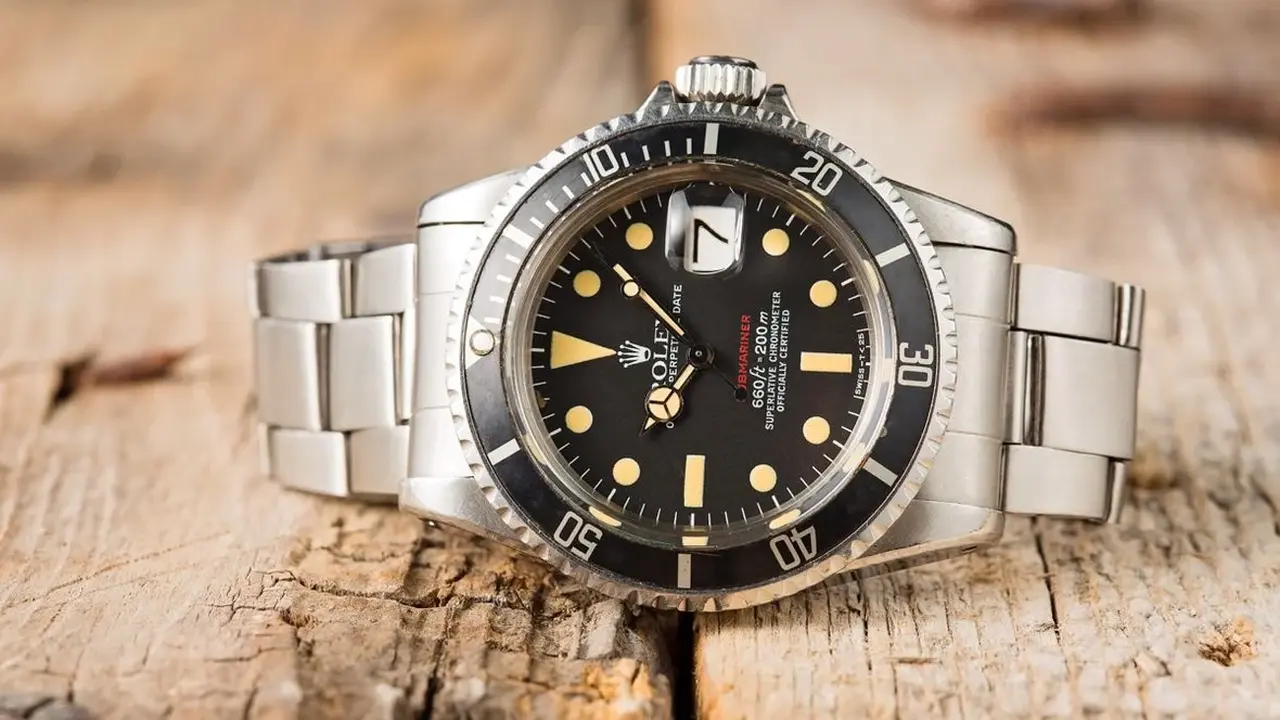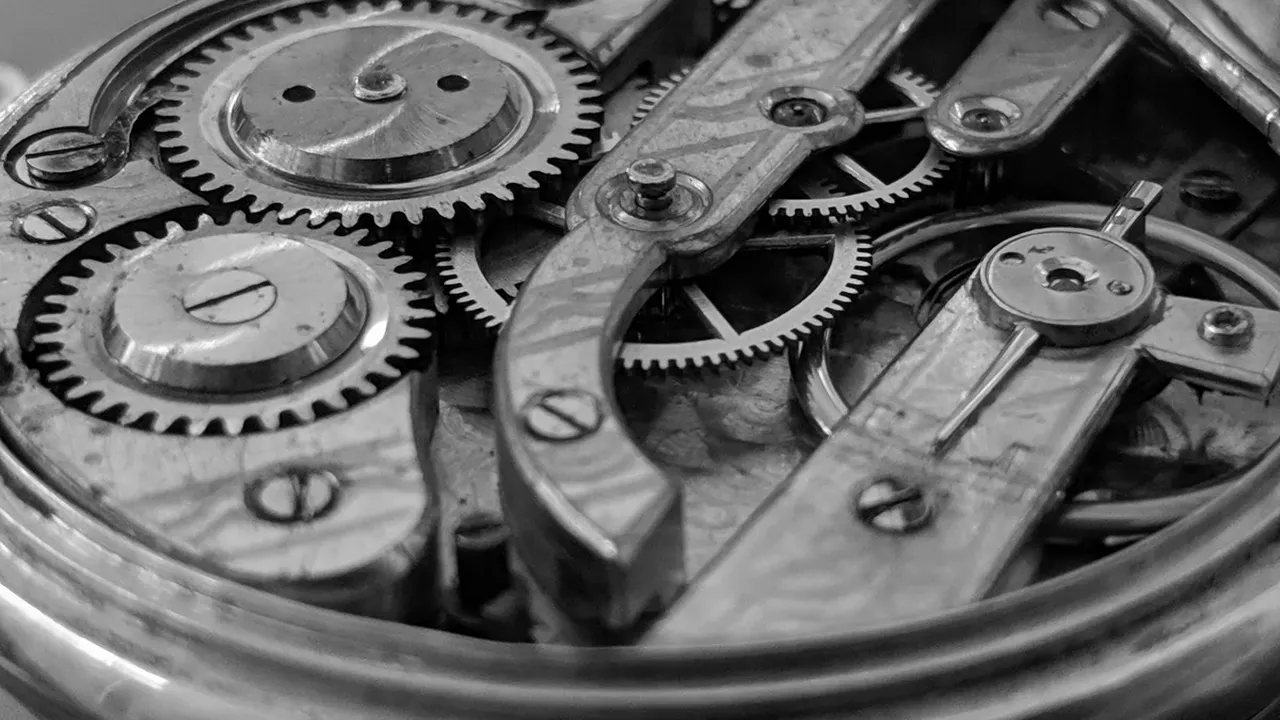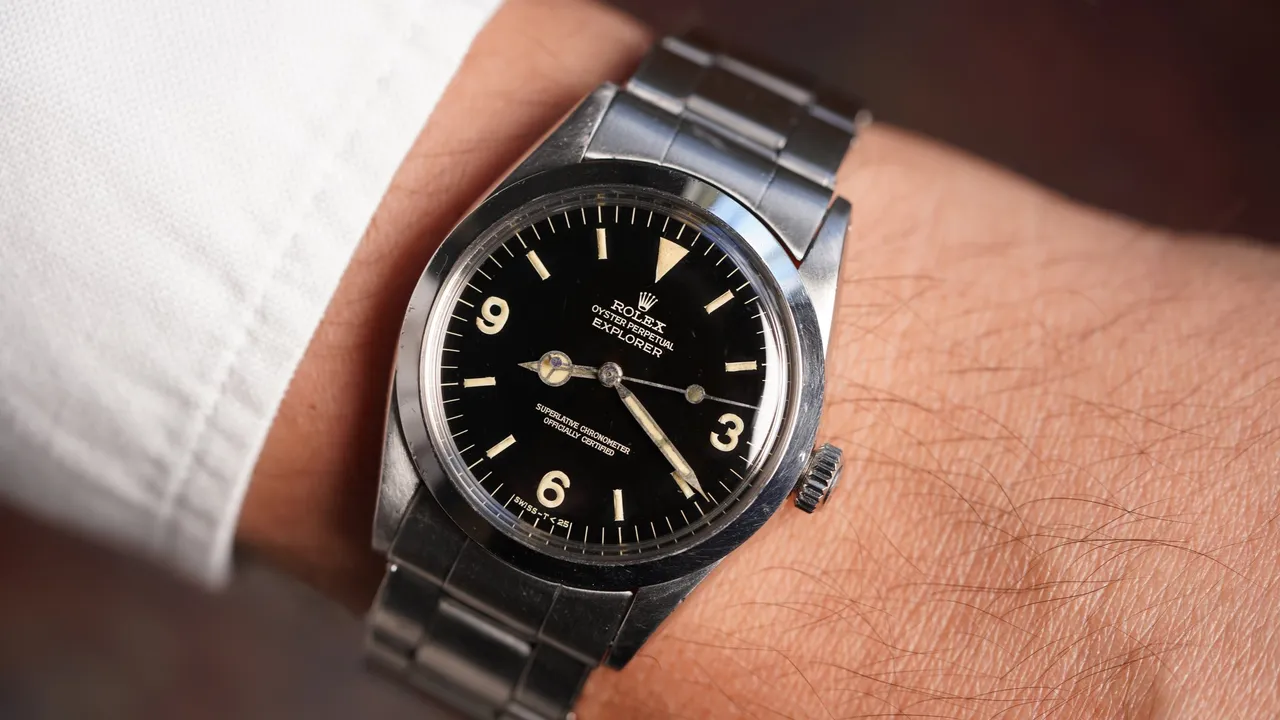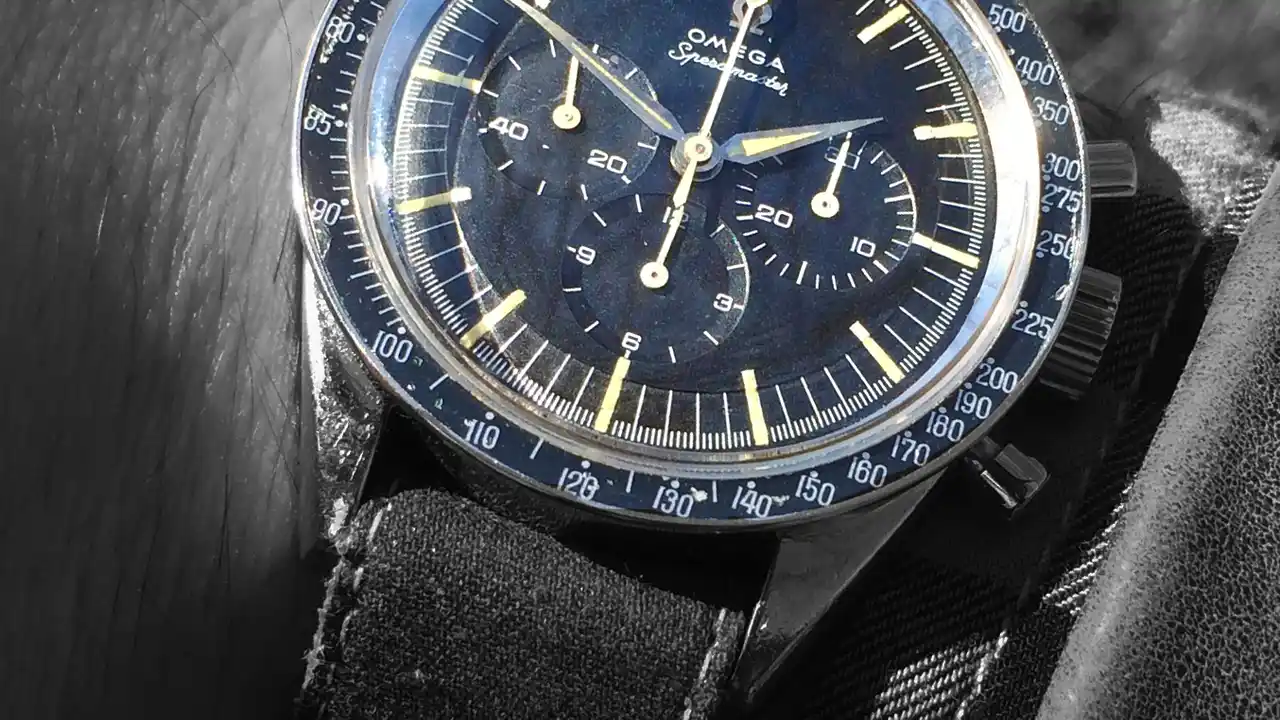Vintage Rolex Daytona_ Identifying Key Features and Rare Editions
Expert advice on identifying key features and rare editions of vintage Rolex Daytona watches. Spot the differences and invest wisely.
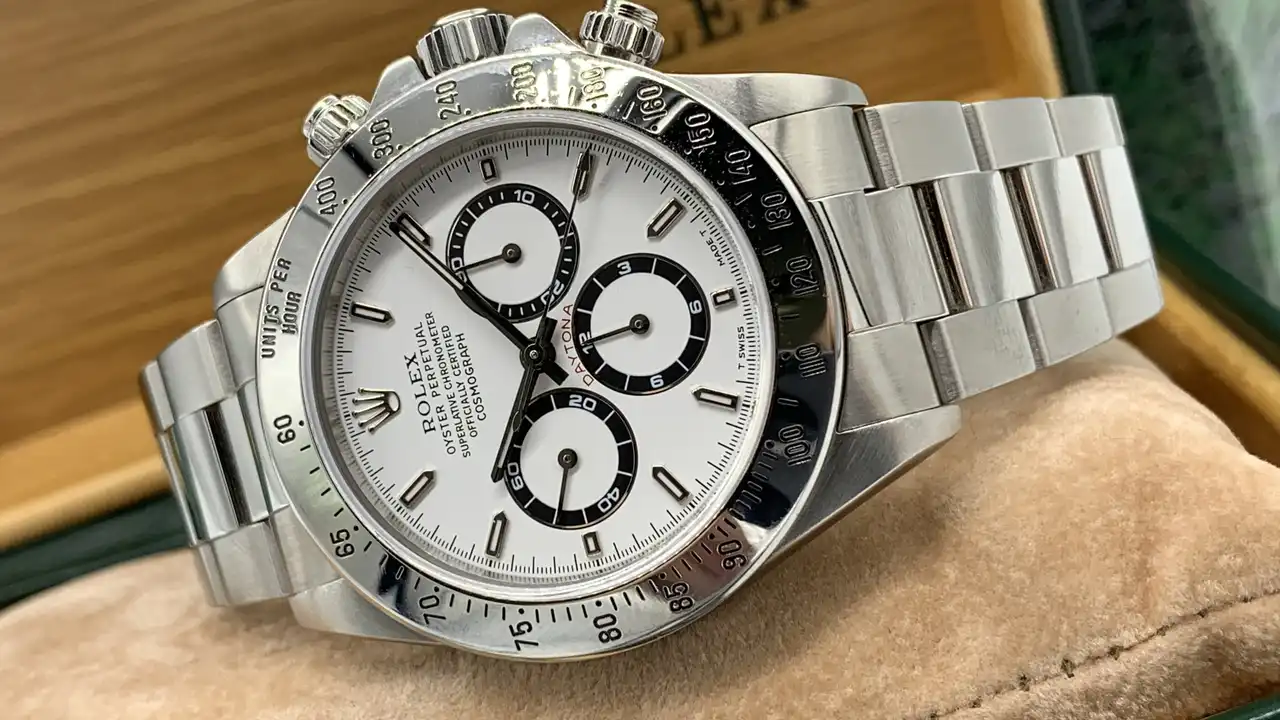
Understanding the Allure of the Vintage Rolex Daytona
Okay, let's dive into the world of vintage Rolex Daytonas. These watches aren't just timekeepers; they're pieces of history strapped to your wrist. Their value lies in their rarity, their historical significance, and of course, their undeniable cool factor. But navigating this market can be tricky. So, how do you spot a good one? How do you know you're not getting ripped off? And what makes one Daytona more desirable than another?
Key Features to Look For in a Vintage Daytona: Cases, Dials, and Movements
First things first, let's talk about the basics. The Daytona has evolved over the years, and each iteration has its own defining characteristics. We need to look at cases, dials, and movements.
Case Materials and Sizes: Stainless Steel, Gold, and More
Most vintage Daytonas came in stainless steel, but you'll also find them in gold (14k and 18k) and even a few in platinum. The case size is generally 36-37mm, which is considered small by today's standards, but perfectly sized for a vintage piece. Pay close attention to the lugs – they should be sharp and well-defined, not rounded or over-polished. Over-polishing is a common issue that can significantly reduce the value of a vintage Daytona. Look for crisp edges and original brushing or polishing.
Dial Variations: From 'Paul Newman' to Exotic Dials
Ah, the dial – the heart and soul of a Daytona. The most famous dial is undoubtedly the 'Paul Newman' dial, also known as the 'exotic' dial. These dials feature a distinctive Art Deco font, stepped subdials, and often a contrasting color scheme. These are highly sought after and command a significant premium. Other dial variations include the 'Big Red' Daytona (with a large 'DAYTONA' printed above the 6 o'clock subdial), and various color combinations. Check the dial for originality – repainted or refinished dials are a big no-no. Look for consistent aging, correct fonts, and original lume plots.
Movement Types: Valjoux 72 and Beyond
Early Daytonas were powered by the Valjoux 72 manual-winding movement. This is a robust and reliable movement, but it's also relatively complex. Make sure the movement is clean, well-maintained, and running smoothly. Later Daytonas (after 1988) used Rolex's own automatic movements, which are generally considered more modern and easier to service.
Spotting Rare Editions and Sub-Variations within the Daytona Range
Now, let's get into the really juicy stuff – the rare editions and sub-variations that can make a Daytona truly special.
The 'Paul Newman' Daytona: A Collector's Holy Grail
We've already mentioned the 'Paul Newman' Daytona, but it deserves its own section. These watches are incredibly rare and valuable, primarily due to their association with the legendary actor and racing enthusiast, Paul Newman. Prices for genuine 'Paul Newman' Daytonas can range from $100,000 to well over $1 million, depending on condition and provenance. Identifying a genuine 'Paul Newman' dial requires careful scrutiny. Look for the correct font, the stepped subdials, and the correct color scheme for the specific model. Also, check the case reference number to ensure it matches the dial type.
Albino Daytonas: A White Dial Rarity
Another rare variation is the 'Albino' Daytona, which features a white dial with silver subdials. These watches are exceptionally rare and highly prized by collectors. They are often found in the 6263 reference. The white dial gives it a very unique and clean look.
Sigma Dials: Identifying Gold Content
Some Daytona dials feature small 'sigma' symbols (σ) flanking the 'T SWISS T' marking at the bottom of the dial. These symbols indicate that the hour markers are made of gold. These are typically found on gold Daytonas, but can sometimes appear on stainless steel models as well. It's a subtle detail, but it can add to the value of the watch.
Comparing Popular Vintage Daytona Models: 6239, 6241, 6263, and 6265
Let's take a closer look at some of the most popular vintage Daytona models:
Rolex Daytona 6239: The Original Cosmograph
The 6239 is the OG Daytona. It was the first model to bear the 'Daytona' name on the dial. It typically features a stainless steel bezel and a Valjoux 72 movement. A good example in excellent condition might fetch between $40,000 and $80,000, depending on the dial and overall condition.
Rolex Daytona 6241: The Bezel Makes the Difference
The 6241 is similar to the 6239, but it features a black acrylic bezel. This gives it a sportier look. 'Paul Newman' dials are found in both the 6239 and 6241 references. Expect to pay a premium for a 6241 with a 'Paul Newman' dial – prices can easily exceed $150,000.
Rolex Daytona 6263 and 6265: The Improved Pushers
The 6263 and 6265 models feature screw-down pushers, which offer improved water resistance compared to the pump pushers found on earlier models. The 6263 has an acrylic bezel, while the 6265 has a stainless steel bezel. These are generally considered more desirable than the earlier models. A well-preserved 6263 or 6265 can range from $60,000 to over $200,000, depending on condition and dial variation.
Vintage Daytona Use Cases: From Racing to Everyday Wear
While vintage Daytonas are valuable collectibles, they're also perfectly wearable. The original purpose of the Daytona was for timing races, so it's a natural fit for motorsports enthusiasts. But its classic design also makes it suitable for everyday wear. A stainless steel Daytona can be dressed up or down, making it a versatile choice for any occasion. Gold Daytonas, on the other hand, are more formal and are better suited for special events.
Protecting Your Investment: Authenticity and Condition Are Paramount
Buying a vintage Daytona is a significant investment, so it's crucial to do your homework. Only buy from reputable dealers with a proven track record. Always have the watch authenticated by a trusted expert before you buy. Pay close attention to the condition of the watch – original parts, unpolished cases, and well-preserved dials are essential for maximizing value. And remember, buy what you love. A vintage Daytona is not just an investment; it's a piece of horological history that you can enjoy for years to come.
:max_bytes(150000):strip_icc()/277019-baked-pork-chops-with-cream-of-mushroom-soup-DDMFS-beauty-4x3-BG-7505-5762b731cf30447d9cbbbbbf387beafa.jpg)



